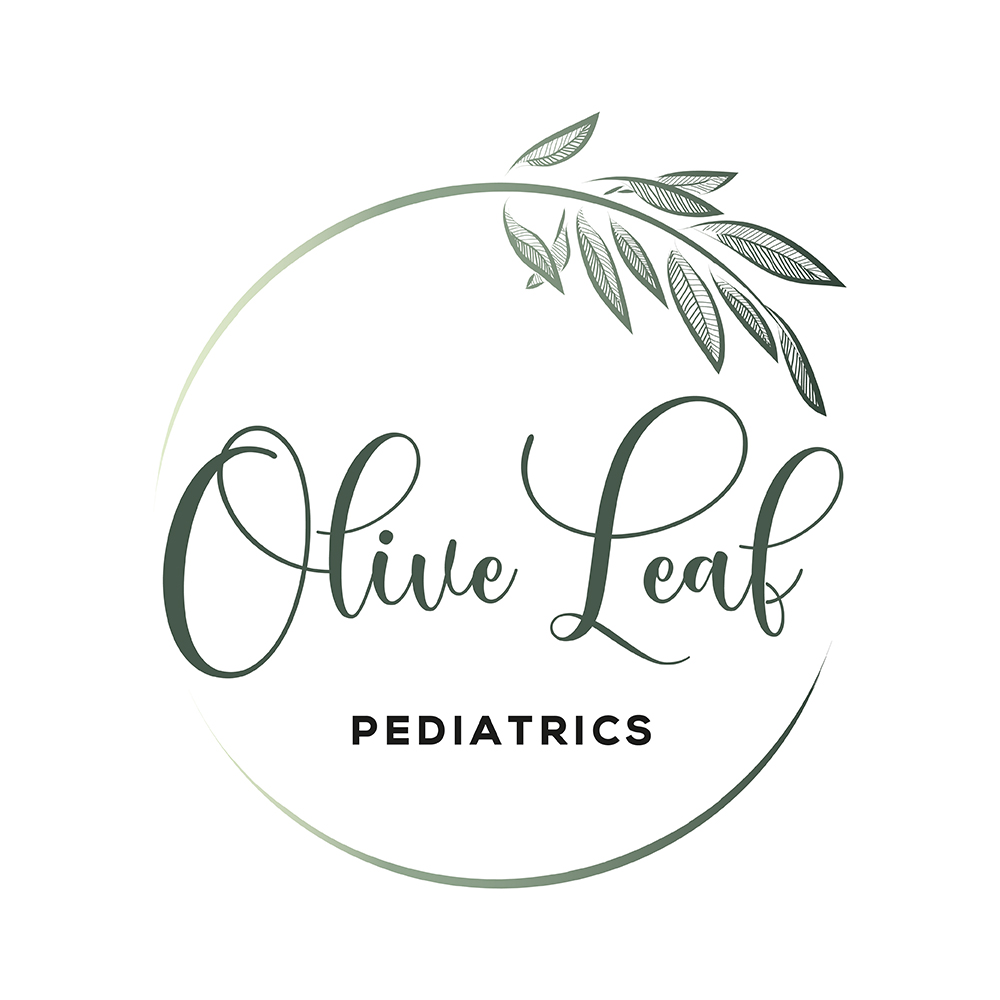COVID Back to school or daycare
As a new school year approaches us and we struggle with feeling a little uncertain about our next move, we naturally have so many questions concerning COVID. Based on the American Academy of Pediatrics statement “COVID-19 Planning Considerations: Guidance for School Re-entry”, we can extrapolate some basic guidance for our little ones and keep what is best for their learning and safety in mind!.
“The AAP strongly advocates that all policy considerations for the coming school year should start with a goal of having students physically present in school.” To start, we should be making every effort to keep the majority of our children physically present in school, especially if we are in an area where COVID is at a significant decline. It’s important that schools provide an in-person option (whether that's full-time or hybrid) when it is safe to do so. Most school aged children need socialization as well as direct non-screen based instruction for their socio-emotional well being. The AAP states, “The importance of in-person learning is well-documented, and there is already evidence of the negative impacts on children because of school closures in the spring of 2020.” This is especially important for our nation’s high risk youth such as those with learning differences or special needs, children with a challenging home environment, children of essential workers or homes without childcare, and many others. For areas with surges, it’s such a difficult situation and important to follow the guidance of your local county health department with respect to in person versus distance learning.
What about kids getting COVID? The data is still emerging, but after much analysis by doctors and epidemiologists, we still believe that SARS-Cov2 has actually been found to act differently in kids (<10yo) compared to adults. In general, they get less sick from COVID and have a smaller chance of transmitting it to others when compared to teens/adults. This does NOT mean that infants/children don’t get COVID and there have been documented cases of a rare, but severe complication called MIS-C. Overall, the current covid data in children is more reassuring when compared to other viruses such as the flu. In the meantime, it’s always beneficial to do your part in keeping your kids’ immune system healthy. This can be done with a good nights’ sleep, plenty of fruits and veggies, and keeping them active during the day! For more information take a look at a previous blog Back to School - How to Keep kids Healthy!
For certain families such as those in high covid risk areas, with immunocompromised or elderly members, or with children who do better at home, distance learning may still be a more viable option. Specifically during outbreaks, distance-learning might be necessary, so it’s important to be prepared! The AAP states, “In the event distance learning is needed, schools should develop mechanisms to evaluate youth remotely if concerns are voiced by educators or family members and should be establishing policies, including referral mechanisms for students believed to be in need of in-person evaluation, even before schools reopen.” So before the school year is in full-swing, prepare a quiet learning area and build an age appropriate daily schedule with your children. Some of this might be planned out already by your school district, but get your children invested in their free time and meals so they have some ownership. Most children need some sort of a routine to give them a sense of normalcy, especially during these uncertain times. That does not mean things will always go according to routine, and that’s also an important life lesson. Our kids are always watching their parents’ reactions whether it be to school, COVID, or other life stressors. If we can demonstrate our ability to stay calm and flexible, our kids will be more accepting and resilient about whatever comes into play!



